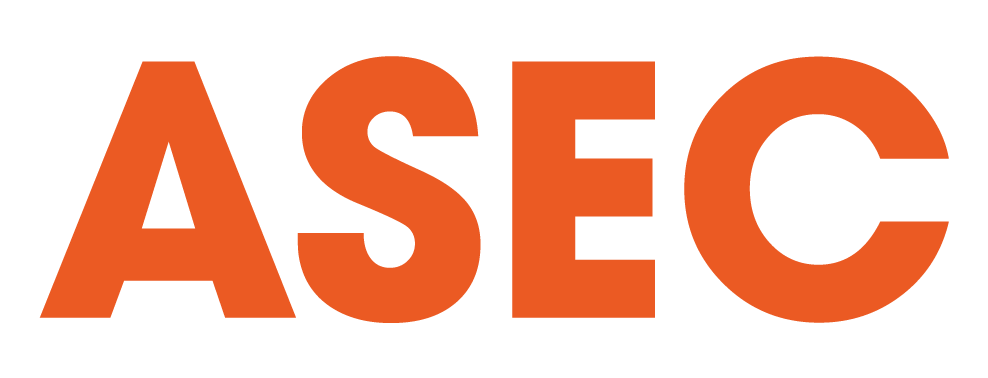Sourcing for a first aid training provider is the next step after setting up the ERT with clear Job Performance Requirements (JPRs) for your first aiders. In Malaysia, the Department of Occupational Safety and Health (DOSH) allows any organization with qualified first aid trainers to conduct the training. Hence, it is important to choose the best first aid training provider capable of providing engaging training that meets the JPRs of your first aiders.
1. Review Training Modules Of The First Aid Training
While it is mandatory to ensure certain training modules are included to fulfill the first aid training requirement laid out by DOSH for compliance, you should review the training modules so that the knowledge and skills taught meet the JPRs of your first aiders. This means you might need to request emphasis on certain modules or even the addition of elective modules such as snakebites and emergency delivery.
Even though it is easier to go with standardized first aid training modules, first aiders equipped to address specific scenarios relevant to your workplace ensure that incident victims receive the immediate help they need. Advanced first aid training contains additional modules that basic training does not cover. You should also consider First Aid Team Leader training if your workplace has a risk of multiple casualty incidents. Hence, the training modules would be the first thing you review before deciding on the training provider for your employees.
2. Understand How First Aid Training Participants Are Evaluated Post-Training
Completing the theoretical and practical sessions of first aid training is not sufficient in qualifying first aiders as proficient in playing their roles in the ERT. They should be evaluated systematically to test the knowledge and skills obtained from the training. If their evaluation performance is not satisfactory, they should attend refresher training for more practice to master the skills before officially joining the ERT.
You are responsible for making sure that the post-training evaluation process is fair and can reflect the proficiency of your first aiders. Hence, the post-training evaluation process in terms of questions asked, skills assessed, and how the grade is calculated should be transparent and made clear for your understanding.
3. Evaluate The First Aid Training Provider’s Accreditation And Trainers’ Qualifications
Even though any first aid training provider can conduct training with the same training modules, you should check the training provider’s accreditation and the individual trainers’ qualifications. Accredited training providers and certified trainers are endorsed by leaders in the first aid and emergency care field, such as the Ministry of Health (MOH), the American Heart Association (AHA), and the Emergency Care & Safety Institute. They are required to follow the guidelines provided by these leaders to ensure only high-quality training is conducted.
Besides that, you should also look for first aid training that is HRD Corp claimable because the trainers are required to be Train-The-Trainer certified under the Human Resources Development Corporation (HRDC) to ensure their competency in conducting training.
4. Assess Pre- and Post-Training Support
A good first aid training provider gives support beyond the training to ensure that the training session is effective and your JPRs objectives are met. Before the training, the training provider should communicate the preparation needed in advance, such as a projector for the theoretical session and a change of clothes for first aiders as the first aid drills will be realistic and messy, especially if this is the first time you arrange a first aid training for your company.
The training provider should offer help or advice even after the training is completed, should there be first aiders who need additional resources to retake the evaluation. Even though the training quality is important, you should assess the pre- and post-training support to make sure that you can get the help you need when it matters.
5. Consider First Aid Training Formats and Flexibility
Training formats and scheduling are tricky, especially for industries where the absence of employees because of training can affect the production and operation of the company. You must even consider the shifts and the number of first aiders available for training at a specific time. For example, if the employees cannot attend two full days of training, the training modules might have to be broken down into four half-days. It is important to deal with a training provider who has the flexibility to make such arrangements.
While it is common for first aid training to be conducted online, in-person training is still the best for effective training since basic life support is a set of hands-on skills. Even though flexibility makes your coordination easier, a training provider with integrity will have non-negotiables so that the training quality is not compromised.
——
If you are arranging first aid training for a large organization with many first aiders distributed throughout the region, it is crucial to run a pilot training with the training provider to gauge the actual training quality before committing. You can also join several public classes with a few training providers to test the training yourself. You can consider becoming a First Aid Instructor yourself through a development program to provide your employees with the training without liaising with an external training provider. A suitable first aid training provider supports your Emergency Response Plan (ERP) implementation. Choose wisely.
